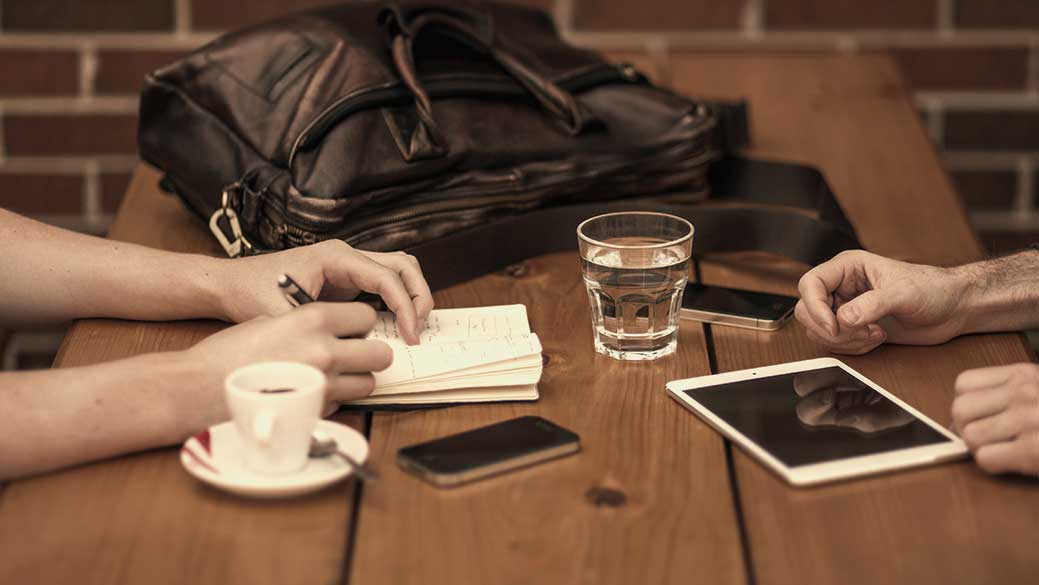
03 Sep 5 Things to Consider at the Beginning of your Web Design Project
There are a number of important questions to consider at the beginning of your web design project that need to be thought through and communicated to your web designer. Most of these have to do with the “big ideas” behind your site. A good designer will ask you the right questions to elicit the information from you, but it’s always good to give it some thought beforehand.
Here are some of the most important questions to think about:
1. Purpose
Why do you want a website, or a website redesign? Thinking about this is a great opportunity to nail down specifically what you want your website to do. There are many things a site can do. Do you want your website to:
- Serve as an information hub about the products and services a business offers.
- Generate new leads and sales for the business.
- Show existing clients additional products and services offered.
- Sell products and services online (e-commerce).
The purpose of your website can include one or any combination of the above list. Or, the purpose of your site may be something else entirely. The point is thinking about and nailing down exactly what you want the site to do early in the process. The end result will be a better website.
2. Domain Name
What do I want the domain name of the website to be? Joshuapauldesign.com and www.apple.com are examples of domain names. Domain name selection is not as straightforward as it may appear on the surface. Many common domain names are already taken, so you might have to settle for a variation of what you want. You can check domain availability with this handy domain search tool.
Another consideration has to do with search engine optimization (SEO). Google, Yahoo and other search engines look for keywords in the web address to help them understand what a site is about. For example, www.notre-dame-sports-memorabilia.com is more descriptive than www.notre-dame-stuff.com and gives the search engines valuable information about how, when, and to whom they should show your site in searches.
3. Target Audience
Who are your primary customers? Where do they live? How old are they? Are they male or female or both? Determining who your target audience is early in the process helps inform key design decisions, such as color selection, “tone” of content, site structure, and much more.
4. Competition
It’s important to survey the digital landscape to see what your competitors are doing. This allows you to see:
- Things they are doing well.
- Things they are not doing well that you could capitalize on.
- Specific keywords and phrases they are targeting (very valuable for developing a SEO strategy).
A good web designer should also be able to figure out how popular a competitor’s site is and provide additional insights into their SEO strategy. All of this information is useful to have when designing your site.
5. Design
What image do you want your site to convey to your visitors? Should it feel sophisticated, playful, or serious? Are you going for a simple design, or something more complex? Do you have colors that need to be incorporated into the design? Do you have any offline marketing materials that your site needs to mirror?
What websites do you like? It’s a good idea to provide your designer with a list of 3-5 of your favorite websites, and explain what you like about them. Considering why you like your favorite websites is a great way to start thinking about the design of your own site.
Conclusion
There are a lot of things to think about at the beginning of your web project. Nailing down the “big picture” goals of your site early in the process will give direction to your web designer and help make your website a success.


No Comments